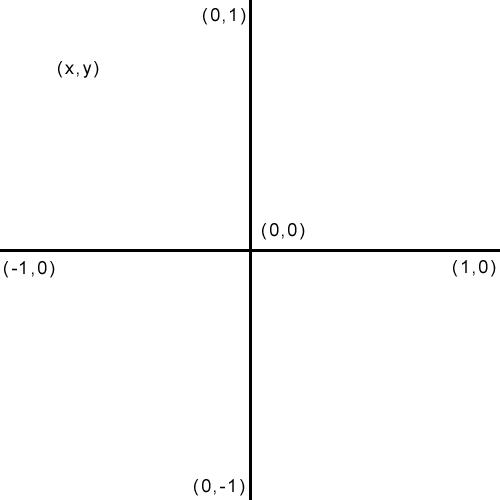I suppose it was inevitable that I'd fall head-over-heels for fractals, chaos theory and strange attractors. It happened about fifteen years ago. Some of the strongest of my diverse interests are in mathematics, software design and the making of visual art. Fractals as I found out are one of the most vital connections between those fields.
In mathematics, fractals are sets of numerical information generated by the iterative analysis of certain equations. If that means little to you consider a topological map covering a certain rectangular area of latitude and longitude which informs you about the height of the terrain using colour. Say that green is used for the lowest spots [valleys] and brown for the highest [mountains]. To produce this map a team of people have had to visit the actual location depicted and take measurements of the height at many, many spots of latitude and longitude within the area. The resulting data are used to make the map.
The fractal images shown here were generated similarly. One takes a rectangular area and assigns a co-ordinate system, e.g., an X co-ordinate to vary from -1 on the left edge to +1 on the right and a Y co-ordinate to vary from -1 on the bottom to +1 at the top.
One now divides each of the axes into a number of little steps to provide a grid of (x,y) values on which to perform calculations. 1000 steps along each axis means that one would have 1000 x 1000 or 1 million different points to do the calculations for. Given that the calculations for each point require iteration, i.e. the output values of X and Y from the equation are fed back in repetitively and the repetition may have to be done a few hundred times you can see why a computer is necessary.
Each fractal equation that we use has an associated rule that tells us when to stop the calculation and save the result as the value of the calculation at that point. For analogy with the topological example consider the resulting value for each point to be the height of that point on the rectangular grid. This defines a surface just as the land map did and it can of course be similarly coloured by using some logical translation from height to colour. And Hey Presto! - an image similar to one of these before you results.

The trick to producing beautiful fractal images is to choose the co-ordinates in such a way that the interesting parameter ranges of the fractal equation are explored and to choose a colouring scheme which emphasizes the right aspects of the calculated results. If you take the time to examine the images carefully you can discover other characteristics of fractals. One of the most notable of these is self-similarity at many levels of detail.
Beyond the fantasy aspect of these images there is another attraction of fractals. The qualities of these images are strangely familiar to us. Many things in nature a closely-patterned, similar and yet varied, for example, snowflakes, ferns, the leaves on a plant, a hillside of trees and your fingerprints. I'm sure you can think of many more. And just as these extremely complex images where formed from some very simple equations, the natural elements were grown from just a few cells each with microscopic amounts of genetic material as the design. I wonder what conclusion we should draw from that similarity!
- Paul Brown